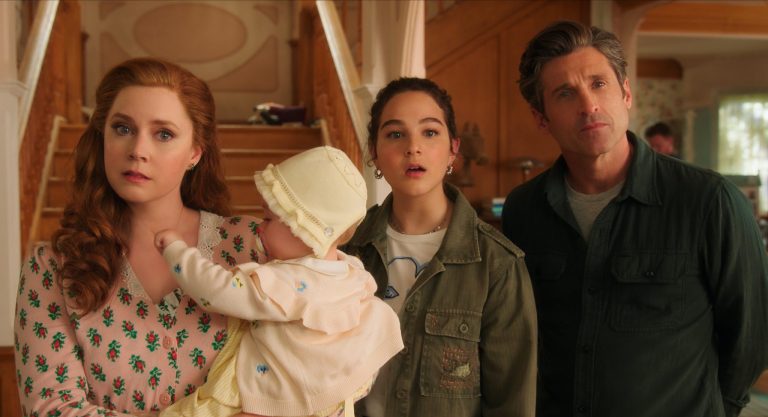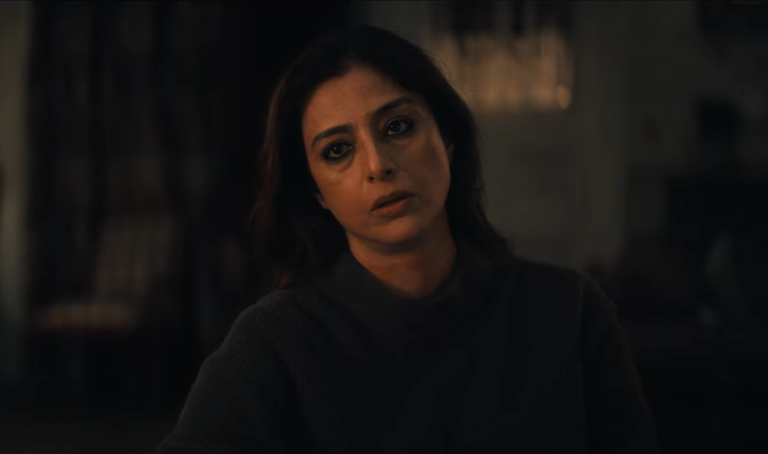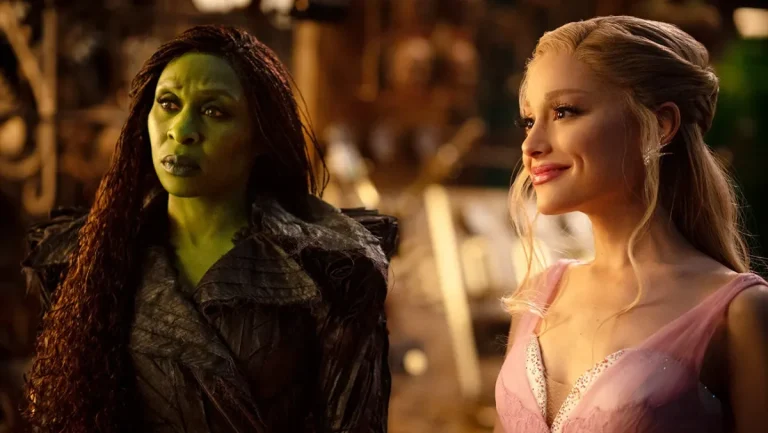Christophe Gans’ “Silent Hill” (2006) is a rare video game adaptation that dares to treat the source material not as a checklist but as a storyboard. While most horror films rely on cheap jump scares or heavy gore to make an impression, “Silent Hill” sinks its teeth into you like a fever dream that you can’t wake from. By the time that iconic fog lifts (at the end), you are left in a state of total panic.
I am a huge fan of this series, having recently played the “Silent Hill 2” Bloober remake. I found it to be one of the best horror games ever made. Watching the “Silent Hill” movie felt like a true continuation of that world. This film is visually dense, thematically ambitious, and, at times, almost operatic in its tragedy. It conjures a nightmare logic that feels both personal and mythic, a descent not just into hell but into the mind itself.
The story begins with Rose Da Silva (Radha Mitchell), a mother tormented by her daughter Sharon’s recurring nightmares and sleepwalking episodes centered around the name “Silent Hill.” Against her husband’s wishes, Rose drives Sharon to the abandoned town of Silent Hill, a ghostly mining settlement smothered in perpetual ash fall. When an accident separates mother and daughter, Rose wakes in an uncanny, deserted town where reality fractures like a broken mirror.
The deeper she goes, the more the line between nightmare and memory dissolves. What’s remarkable about Gans’ direction is his absolute commitment to the atmosphere. Every frame feels tactile and heavy with dread, the snowy ash, the rusted metal walls, the empty schools and churches filled with echoes of the damned. The visual world of “Silent Hill” is oppressive yet mesmerizing. It feels like art. The use of fog isn’t just an aesthetic; it becomes a type of psychological veil.

The cinematography by Dan Laustsen paints the town in greys, blacks, and bloodied reds, evoking a world where decay is the natural order of things. This is horror not born from violence but from the corrosion of dreams. Gans draws on religious iconography and dream logic in a way that recalls Lynch’s “Eraserhead” or Kubrick’s “The Shining.”
The film doesn’t care to explain its horrors in narrative terms. It wants you to feel lost, just as Rose does. The sound design, with its static hum of radios, the echo of footsteps on concrete, and the distant moans of unseen creatures, works like a hypnotic effect. The influence of this film can even be seen in a novel like “House of Leaves” by Mark Z. Danielewski. Where the audience becomes trapped inside a space where time loops, walls breathe, and pain lingers eternally.
The town itself is alive, and its creation myth is rooted in vengeance. The cult that resides in the darkness believes they are purging sin through sacrifice, but their rituals are acts of cruelty disguised as salvation. Their leader, Christabella (Alice Krige), embodies a kind of fanatic righteousness that becomes indistinguishable from sadism. The irony is that the town they claim to have purified has become a mirror of hell, a limbo sustained by their denial and violence.
At the heart of the film is the figure of Alessa, Sharon’s other self, a child whose psychic agony has literally reshaped the town into a labyrinth of torment. When the truth is revealed, that Alessa was burned alive by the cult for being “impure” and now sustains Silent Hill as a realm of vengeance, it reframes the entire film. The monsters, like the faceless nurses or the pyramid-headed executioner, aren’t just grotesque creatures but symbolic manifestations of Alessa’s trauma.
The film’s greatest strength lies in its ambiguity. Is Rose truly in a supernatural world, or is this a psychic landscape created by collective guilt? The boundaries blur so completely that by the final scene, where Rose returns home yet finds herself still trapped in a pale, parallel version of reality, we realize there’s no true escape.
Silent Hill isn’t a place you visit; it’s more like a state of being. Unlike many horror protagonists, Rose isn’t fighting for survival alone; she’s fighting for redemption. Her journey into the town’s underworld becomes a mirror for the human need to confront buried pain. She’s not merely rescuing her child but facing the corrupted institutions that perpetuate suffering. This maternal love, set against the backdrop of fire and ash, transforms the film from mere horror to mythic tragedy.
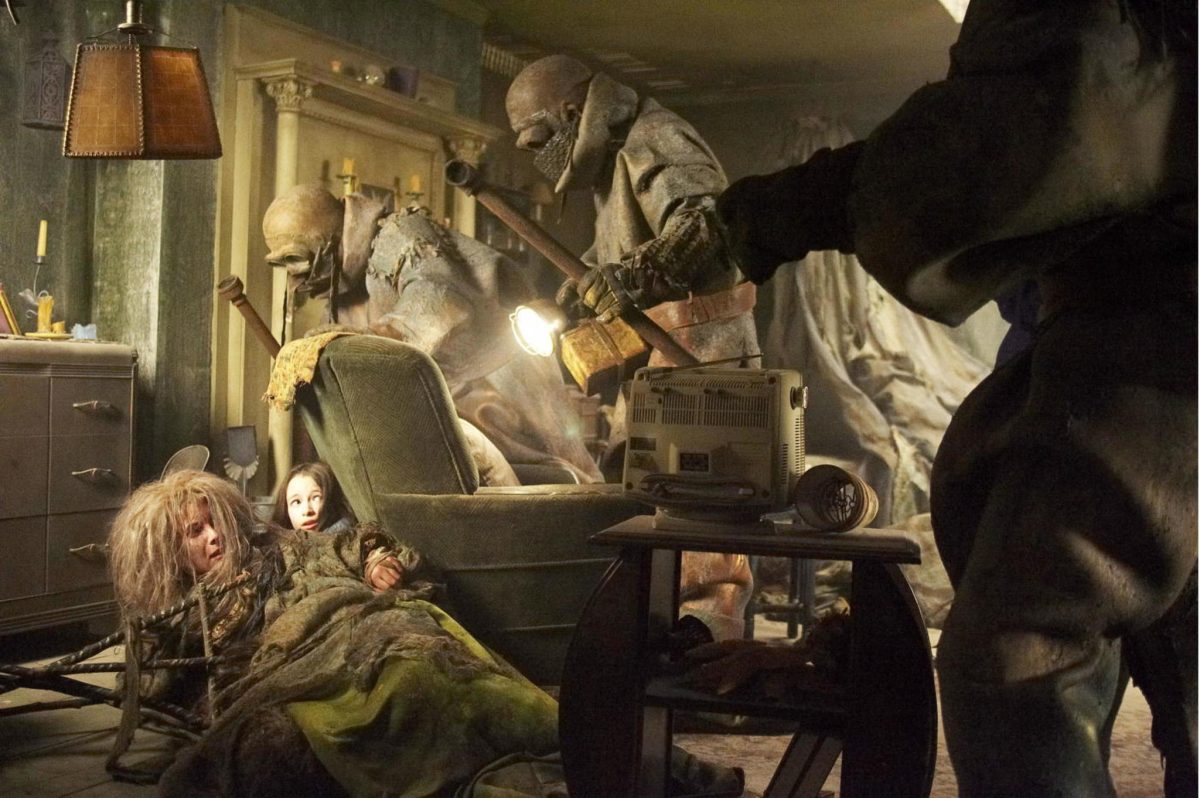
The finale, when Rose uncovers Alessa’s past and confronts the cult, is both horrific and sorrowful. The revenge that unfolds feels righteous yet hollow, a divine retribution that leaves no one cleansed. But catharsis in “Silent Hill” is deceptive. As one knows by playing the games, the town doesn’t release its inhabitants; it absorbs them.
The cycle of guilt and retribution remains unbroken, and Rose’s fate is sealed in a ghostly echo of her own love. The game series itself was inspired by surreal works like “Jacob’s Ladder” and “Crime and Punishment.” Gans channels that same psychological torment, turning it into something stunning in its despair. It all exists within the same realm of visual rot.
What elevates “Silent Hill” beyond most horror is its willingness to be both sincere and symbolic. It’s not afraid of melodrama or the grotesque; it embraces both as part of the human condition. The film’s dialogue takes on mythic weight when set against the endless fog, like a promise whispered into oblivion.
Every act of compassion in the film feels monumental precisely because it occurs in a world devoid of mercy. There’s also a deep sadness in how the film treats belief. In “Silent Hill,” every belief curdles when pushed too far. The cult’s faith becomes cruelty, Alessa’s pain becomes godlike wrath, and Rose’s devotion becomes eternal exile. In the end, there is no clarity, only the haunting realization that love and horror can occupy the same space.
Despite its flaws, “Silent Hill” remains one of the most emotionally resonant horror films of the 2000s. It captures what few horror movies do: the sense that evil isn’t some monster lurking underneath the bed but something that is born out of our attempts to control what we fear. The film’s nightmare logic, its grim beauty, and its hazy conclusion stay with you.
I am looking forward to the next installment, “Return to Silent Hill,” slated to be released in 2026. Gans transforms this video game’s world into something poetic and mournful, a requiem for those lost to their own trauma. The hell world is not a punishment; it’s a memory. It burns under the falling ash. And yet, with the right amount of light, there is a hope of clearing the fog. That is what redemption looks like. It’s not about escaping, but about having the courage to keep going through the fog, knowing that the sun will break through.



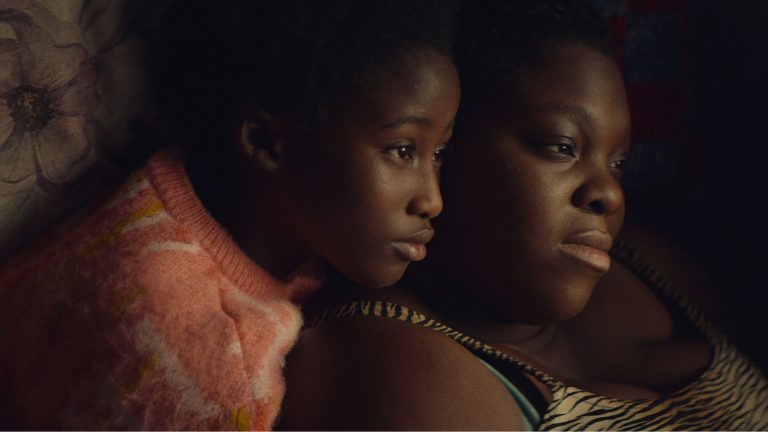
![For Your Consideration: Bastille Day [2016]](https://79468c92.delivery.rocketcdn.me/wp-content/uploads/2016/12/13016971-768x432.jpg)
